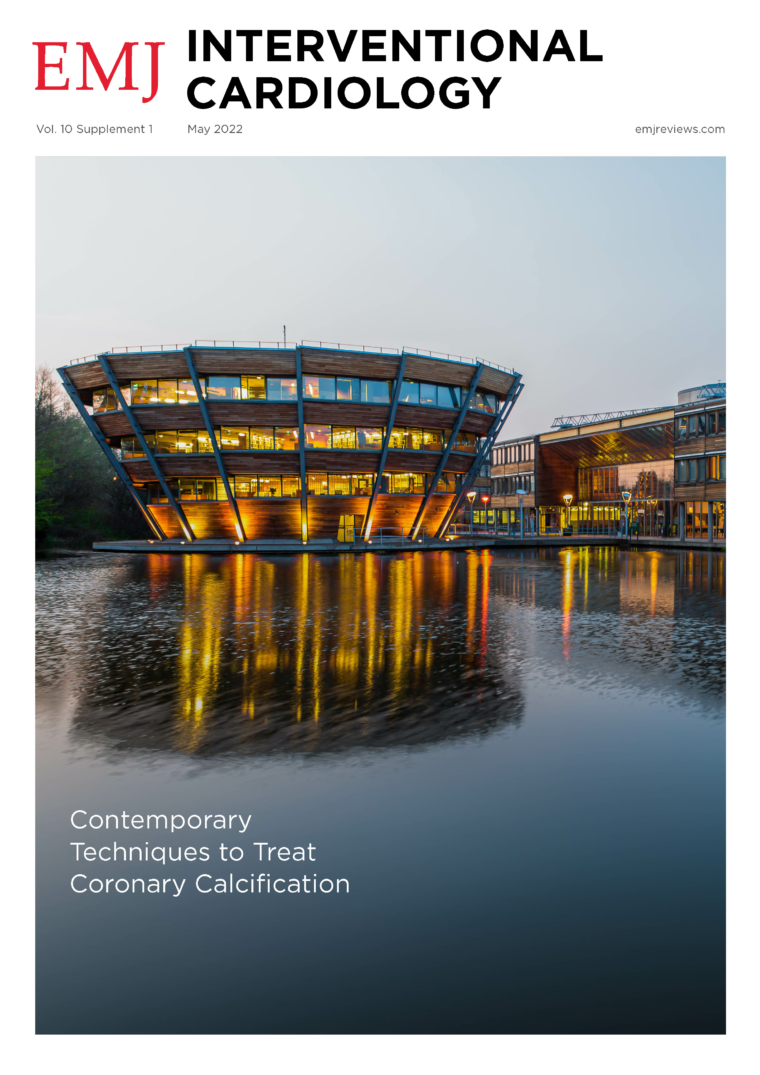Calcific lesions, if not adequately pre-dilated, can prevent the successful expansion of a stent during percutaneous coronary intervention (PCI). In this series of educational videos, experts explained the importance of treating calcium, and the role of intravascular imaging to improve procedural success. Presentations included the optimal use of intravascular ultrasound (IVUS), when and how to use techniques such as rotational atherectomy (RA), and how to approach challenging cases such as nodular calcified lesions or bifurcation lesions.
Latest articles
All articles
6 Mins
27th
June
Incidental Quadricuspid Pulmonary Valve Found at Autopsy: Case Report and Literature Review
Quadricuspid pulmonary valve (QPV) is a rare congenital cardiac anomaly in which the pulmonary valve has four cusps…
Rate this content's potential impact on patient outcomes Submit Rating Average rating / 5. Vote count: No votes so far! Be the first to rate this content.

5 Mins
27th
June
Coronary Physiology in the Modern Catheterisation Lab
In the past two decades, since Andreas Gruentzig’s pioneering work introducing trans-lesional pressure gradient assessment as index…
Rate this content's potential impact on patient outcomes Submit Rating Average rating / 5. Vote count: No votes so far! Be the first to rate this content.

14 Mins
23rd
April
Interview: Damien Kenny
I was doing general paediatrics for a while, and was just not motivated by it. I found the physiology around cardiology…
Rate this content's potential impact on patient outcomes Submit Rating Average rating / 5. Vote count: No votes so far! Be the first to rate this content.

11 Mins
27th
March
Reinfection Following Cardiovascular Implantable Electronic Device Reimplementation
Cardiovascular implantable electronic devices (CIED) are a group of high-end medical hardware, used to monitor and regulate the activity…
Rate this content's potential impact on patient outcomes Submit Rating Average rating / 5. Vote count: No votes so far! Be the first to rate this content.

